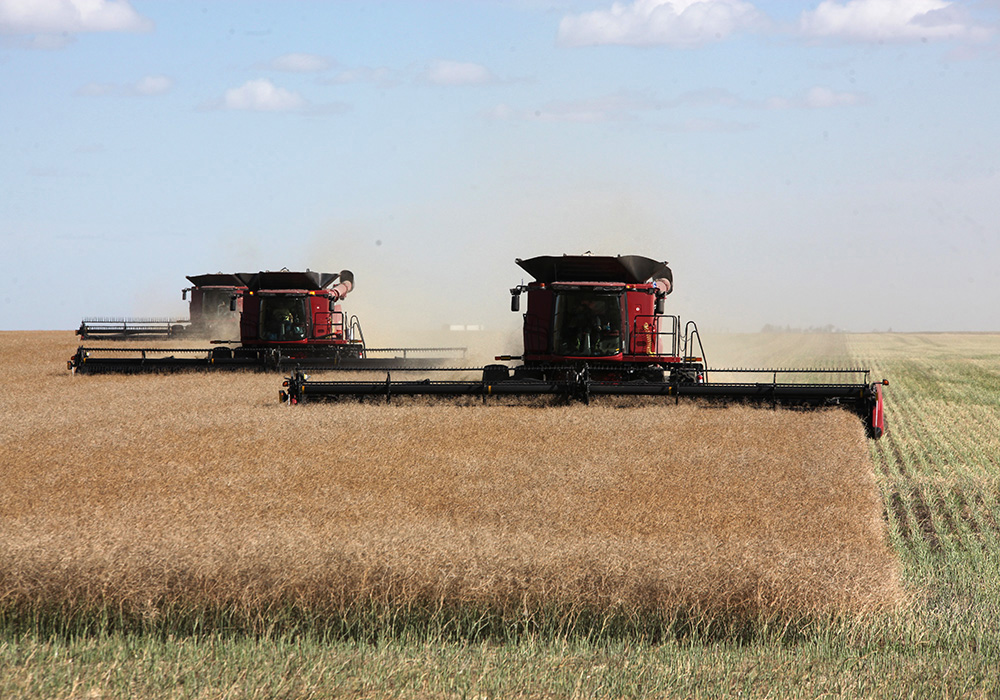Prairies canola crop pegged at 12.6 million tonnes

A Manitoba oilseed expert has pegged prairie canola production at 12.6 million tonnes.
If that’s correct, it would be the lowest tonnage since 2010 and a 36-37 percent reduction from 2020, when Canada produced 19.5 million tonnes of canola.
Dane Froese, oilseed specialist with Manitoba Agriculture, presented production estimates for the 2021 crop during a Canola Council of Canada meeting Nov. 30.
In a table summarizing production in Manitoba, Saskatchewan and Alberta, Froese said Saskatchewan had the largest drop in canola yields, by far.
The average yield across the Prairies was 27.5 bushels per acre, 34 percent below the five-year average.
“Manitoba (had) 32.6 bushels per acre. Alberta lower (at 28.7) and Saskatchewan having the lowest average, at 21.2,” he said during CanolaWeek, an online conference hosted by the canola council.
The 21.2 bu./acre average for Saskatchewan is 49 percent lower than the five-year average.
Saskatchewan farmers produced only 5.78 million tonnes of canola in 2021, 48 percent below the five-year average.
· Manitoba production was 2.52 million tonnes, 18 percent below the five-year average
· Alberta was 4.32 million tonnes, 27 percent below the five-year average
· Prairie wide, production was 12.62 million tonnes, 37 percent below the five-year average
The estimates are slightly lower than previous figures. In September, Statistics Canada projected national canola production at 12.8 million tonnes, using satellite imagery. The Prairies produce 99 percent of Canada’s canola crop.
The disappointing yields from Saskatchewan, and across the Prairies, were connected to dry soil conditions at seeding combined with extreme heat and drought in June and July.
Many parts of Western Canada recorded temperatures of 35 C or higher for multiple days in late June and July. The extreme temperatures blasted canola plants during flowering, reducing the bloom period and yield potential.
The exceptional dryness this summer was likely a bigger drag on yield, as the crop didn’t have enough moisture to survive the hot weather. Winnipeg, as an example, recorded only eight millimetres of rain in July.
In parts of northwestern Manitoba and southeastern Saskatchewan, farmers had canola yields closer to normal but other regions had yields 65 percent below average.
“The lowest yields by region were in southern Alberta, at 16 bushels per acre (and) west-central Saskatchewan at 14 bu. per acre,” Froese said. “In some cases, those fields were simply not harvested.”
Contact robert.arnason@producer.com
For more content related to drought management visit The Dry Times, where you can find a collection of stories from our family of publications as well as links to external resources to support your decisions through these difficult times.
Source: producer.com


